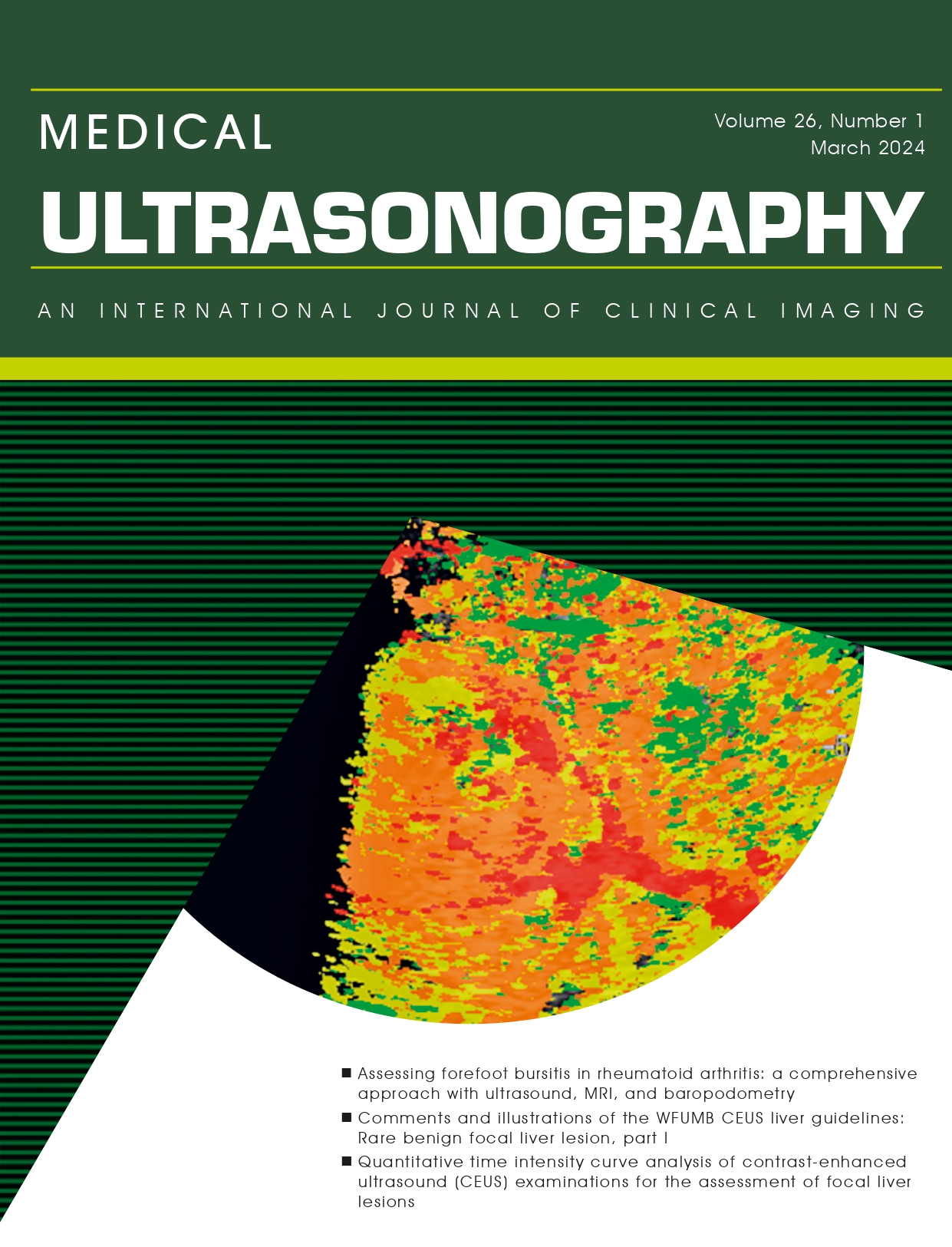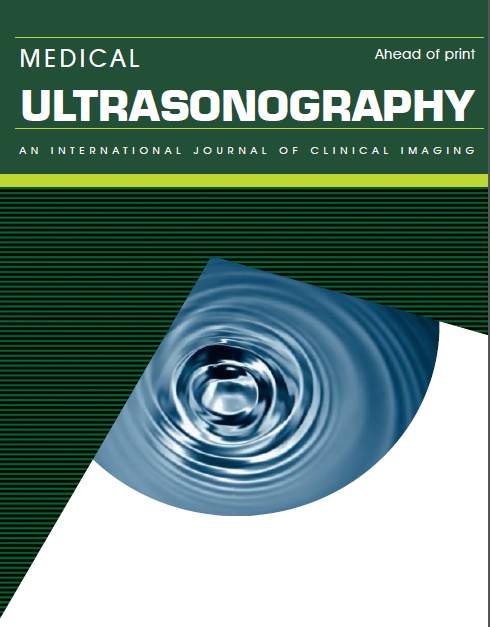Performance of 2D-SWE.GE for predicting different stages of liver fibrosis, using Transient Elastography as the reference method
Abstract
Aim: To evaluate the performance of 2D shear-wave elastography from General Electric (2D-SWE.GE) for the noninvasive
assessment of liver fibrosis and to identify liver stiffness (LS) cut-off values for predicting different stages of fibrosis
using Transient Elastography (TE) as the reference method. Material and method: We included 331 consecutive subjects
with or without chronic hepatopathies in whom LS was evaluated in the same session by means of 2 elastographic techniques:
TE and 2D-SWE.GE. Reliable LS measurements were defined for TE as the median value of 10 measurements with a success
rate of ≥60% and an interquartile range (IQR)<30% and for 2D-SWE.GE as the median value of 10 measurements acquired
in a homogenous area and an IQR<30%. To discriminate between TE fibrosis stages we used the following cut-offs: F2- 7;
F3- 9.5 and F4- 12kPa. Results: Reliable LS measurements were obtained in 95.8% subjects by 2D-SWE.GE, and 94.2%
by TE (p=0.44). Based on TE cut-off values we divided our cohort into four groups: F<2: 30.1%; F=2: 10.2%; F=3: 12.2%;
F=4: 47.5%. A strong correlation was found between the LS values obtained by the 2 methods: r=0.83, p<0.0001.LS values
obtained by 2D-SWE.GE were significantly lower than those obtained by TE: 10.14±4.24 kPa vs. 16.72±13.4 kPa (p<0.0001).
The best cut-off value for F≥2, F≥3 and for F=4 were 6.7, 8.2 and 9.3 kPa. Conclusions: The best 2D-SWE.GE cut-off values
for predicting F≥2, F≥3 and F=4 were 6.7, 8.2 and 9.3kPa.
Keywords
DOI: http://dx.doi.org/10.11152/mu-910
Refbacks
- There are currently no refbacks.




